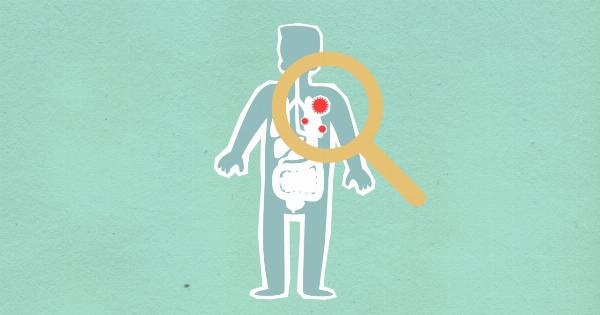Sexual maturity is a vital stage of development in all living organisms, marking the onset of reproductive capabilities. The timing of sexual maturation varies significantly across species, and even within individuals of the same species.
Numerous factors, including genetic, environmental, and hormonal influences, contribute to the age range for sexual maturity. In this article, we will explore the age range for sexual maturity in humans and various other organisms.
Sexual Maturity in Humans
In humans, sexual maturity refers to the ability to reproduce and engage in sexual activity. The age range for sexual maturity in humans can greatly differ between genders, individuals, and populations due to genetic and environmental factors.
Female Sexual Maturity
Girls typically enter puberty, the first stage of sexual maturation, between the ages of 8 to 13 years.
Puberty is characterized by various physical changes resulting from hormonal fluctuations, including breast development, growth spurts, and the onset of menstruation. It is important to note that the age at which girls reach sexual maturity can be influenced by factors such as nutrition, overall health, and genetics. On average, the average age for the onset of menstruation, termed menarche, is around 12 years.
It is crucial to mention that sexual maturity does not necessarily equate to emotional or psychological readiness for sexual relationships or activities.
These aspects of maturity vary greatly among individuals and depend on factors such as culture, education, and personal experiences.
Male Sexual Maturity
Boys typically experience puberty, the stage of sexual maturation, between the ages of 9 to 14 years.
Puberty in males is marked by the enlargement of the testes and penis, the growth of facial and body hair, deepening of the voice, and an increase in muscle mass. As with females, the age at which boys reach sexual maturity can be influenced by various factors, including genetics, overall health, and environmental factors.
It is essential to note that while sexual maturity is the point at which individuals are capable of reproduction, emotional and psychological maturity may vary among males, just as with females.
Factors Influencing Sexual Maturity
Sexual maturity is influenced by various factors that include genetics, hormones, overall health, and environmental conditions. Here are some of the key factors that impact the age range for sexual maturity:.
1. Genetics:
The genetic makeup of an individual plays a significant role in determining the age at which sexual maturity occurs. Studies have shown that some genetic factors contribute to the timing of puberty, but the exact mechanisms are still being researched.
2. Hormonal Influences:
Hormones, such as estrogen and testosterone, play a crucial role in triggering and regulating sexual maturation.
These hormones are released by the endocrine system, and their production and activity can be influenced by numerous factors, such as genetics and overall health.
3. Environmental Factors:
The environment in which an individual grows up can impact their sexual development. Factors such as nutrition, exposure to certain chemicals, socioeconomic status, and stress levels can influence the age at which individuals reach sexual maturity.
4. Overall Health:
General health and wellbeing can affect sexual development. Poor nutrition and certain medical conditions can delay the onset of puberty, while good overall health can facilitate the timely arrival of sexual maturity.
5. Socioeconomic Factors:
Studies have shown that socioeconomic factors can impact the age at which sexual maturation occurs. Access to proper healthcare, education, and nutrition can significantly influence the timing of puberty.
Sexual Maturity in other Organisms
Sexual maturation varies significantly across different species. While humans experience sexual maturity during teenage years, other organisms may reach sexual maturity at different times in their lifespan. Here are some examples:.
1. Dogs:
Dogs typically reach sexual maturity between six and twelve months of age. However, smaller dog breeds tend to reach sexual maturity earlier than larger breeds.
2. Cats:
Cats generally reach sexual maturity between five and nine months of age. This can depend on various factors, including breed and overall health.
3. Birds:
The age range for sexual maturity in birds is incredibly diverse and species-specific. Some bird species can reach sexual maturity within a few months, while others may take several years.
4. Fish:
Fish exhibit an extensive range of sexual development patterns due to the sheer number of species. While some fish species may reach sexual maturity within a few weeks or months, others may take several years.
5. Insects:
Sexual maturity in insects can vary greatly depending on the species and environmental factors. Some insects can reach sexual maturity within a matter of days, while others may take several weeks or even months.
Conclusion
Sexual maturity, the phase when individuals become capable of reproduction, varies significantly across different species and even within individuals within the same species.
In humans, the age range for sexual maturity generally occurs during the teenage years, with girls entering puberty between 8 and 13 years, and boys between 9 and 14 years. However, it is important to note that factors such as genetics, hormones, environment, and overall health can influence the timing of sexual maturation.
Understanding the diverse age ranges for sexual maturity in various species aids in our comprehension of reproductive biology and the importance of individual differences in development.






























